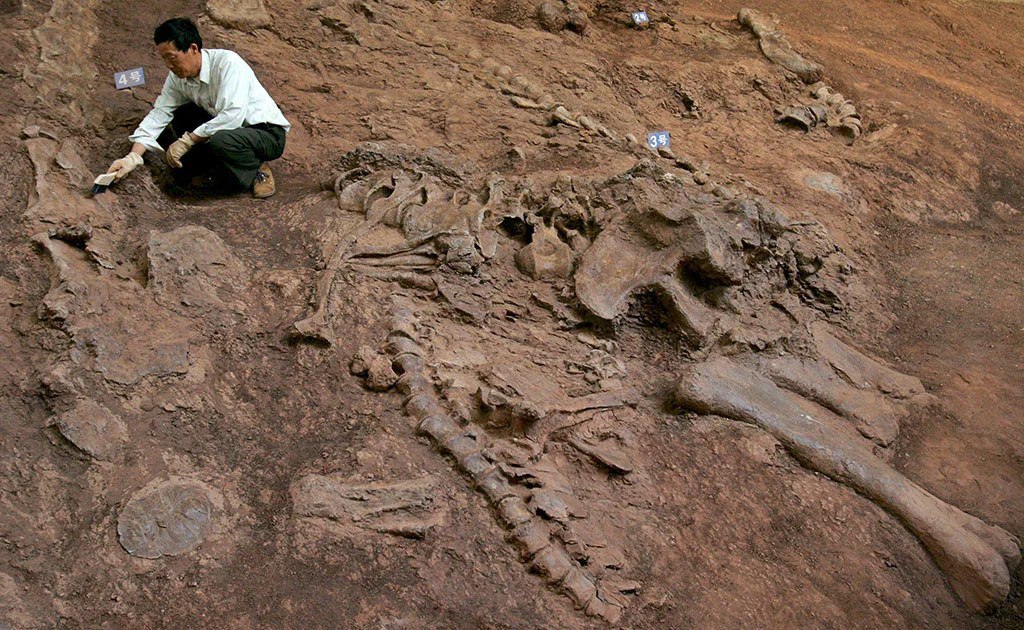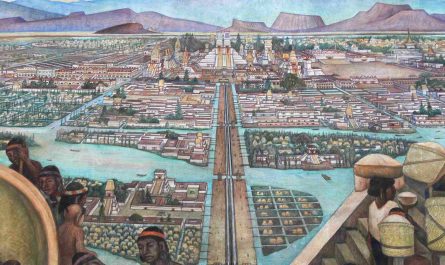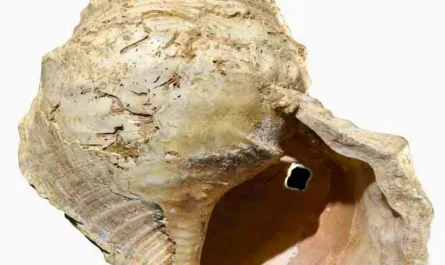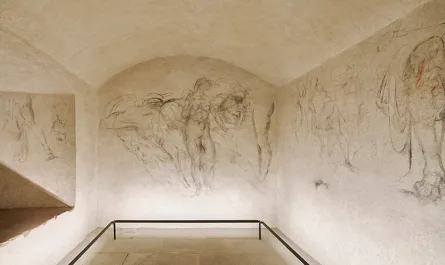The Xenomorph Gargoyle: A Sci-Fi Secret Carved into Paisley Abbey
In the early 1990s, a routine restoration project at Paisley Abbey, a 12th-century gem in Renfrewshire, Scotland, took an unexpected turn into the realm of science fiction. Among the newly carved gargoyles adorning the 700-year-old church, one stood out: a menacing figure with an elongated skull, hollow eyes, and a biomechanical form unmistakably inspired by the Xenomorph from Ridley Scott’s 1979 film Alien. This clandestine addition by a mischievous stonemason has since become a global sensation, blending medieval craftsmanship with modern pop culture.
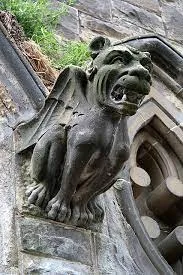
A Hidden Tribute in Stone
Paisley Abbey, founded in 1163, is steeped in Scottish history, tied to figures like William Wallace and the Royal House of Stewart. By the 1990s, its 12 medieval gargoyles, weathered by centuries of rain and wind, were crumbling and unsafe. In 1991, an Edinburgh-based stonemasonry firm was hired to replace the damaged figures, preserving only one original as a historical reference. The task allowed masons creative freedom, as gargoyles traditionally varied in design, from grotesque beasts to satirical figures.
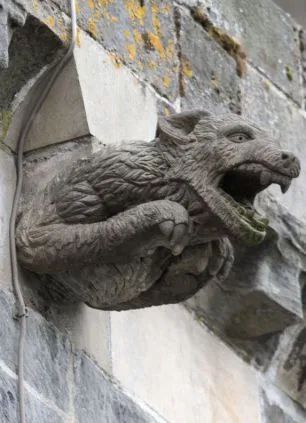
One stonemason, later identified as David Lindsay, seized the opportunity to leave a unique mark. Over four weeks, he carved a gargoyle from Clashach sandstone that bore a striking resemblance to the Xenomorph, H.R. Giger’s terrifying creature from Alien. Lindsay claimed it was his “concept of an alien,” inspired by a VHS copy of the film and a collectible figurine, though its uncanny likeness to the movie monster suggests a deliberate homage. The carving went unnoticed by abbey officials during the restoration, quietly joining the other gargoyles perched high on the church’s walls.
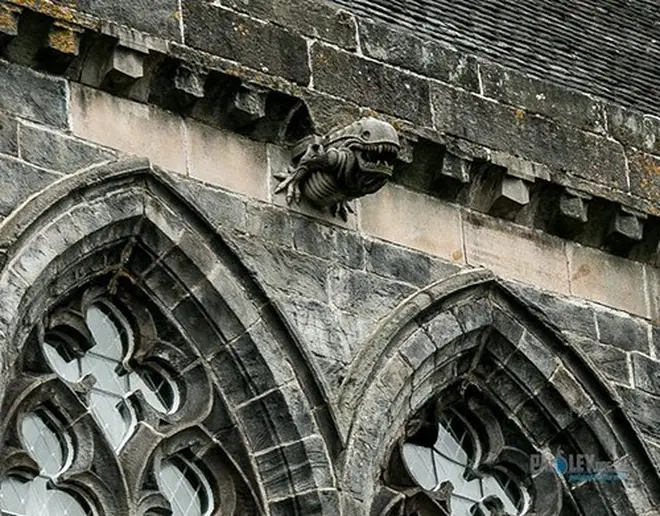
From Obscurity to Viral Fame
The Xenomorph gargoyle remained a hidden gem until 1997, when an early internet post noted its eerie similarity to the sci-fi icon. It wasn’t until 2013, however, that a photograph of the gargoyle went viral, sparking global fascination. Media outlets like BBC News and the Daily Mail covered the story, and social media buzzed with theories, some playfully suggesting time travel or extraterrestrial influence. The gargoyle became a tourist draw, luring sci-fi fans and curious visitors to Paisley Abbey to glimpse Lieutenant Ripley’s foe atop a medieval church.
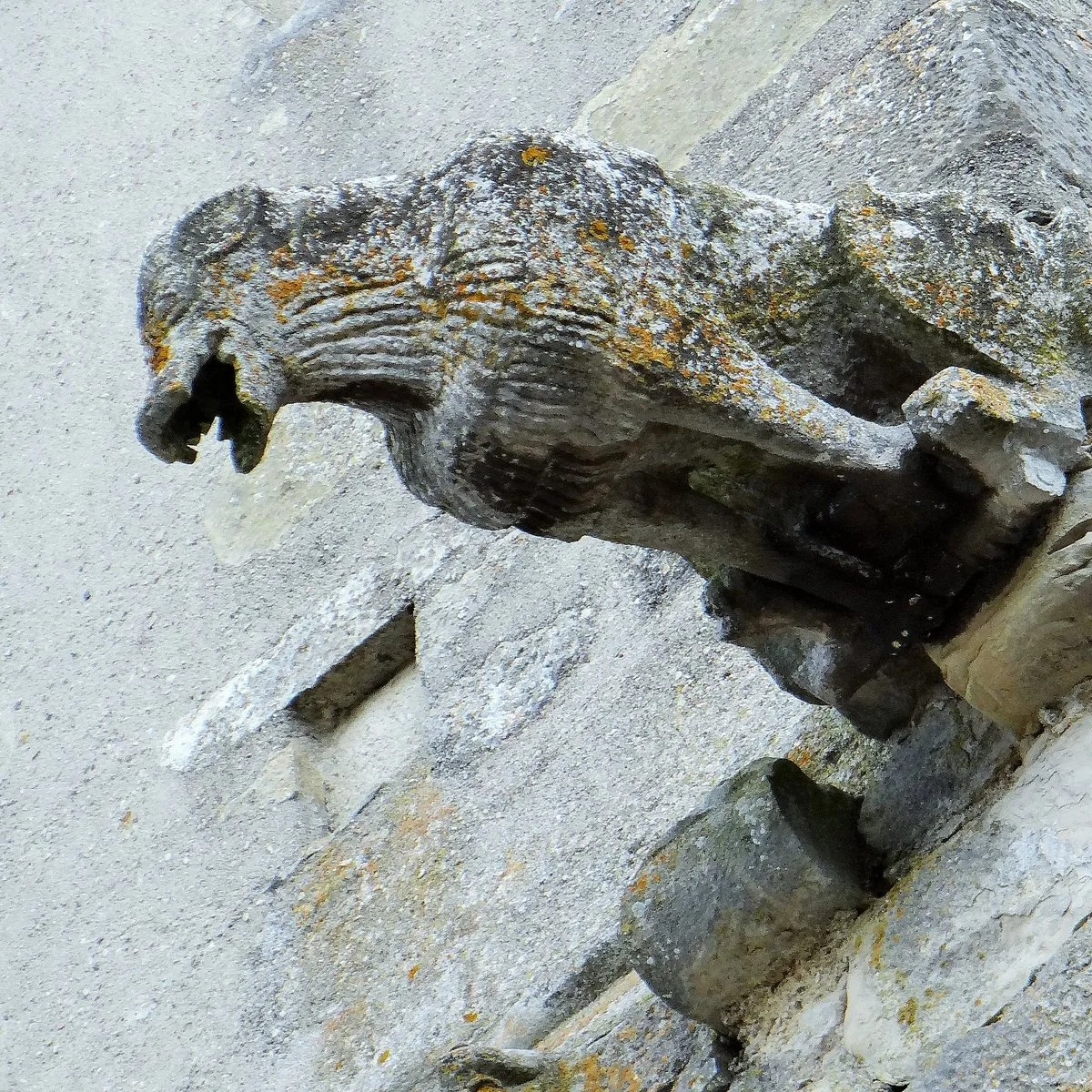
Function Meets Fantasy
Gargoyles are more than decorative; they serve a practical purpose in Gothic architecture. As water spouts, they divert rainwater away from a building’s walls to prevent erosion, a vital function before modern drainage systems. Symbolically, their grotesque forms were believed to ward off evil spirits, protecting the sacred space within. The Xenomorph gargoyle, with its open mouth and protruding design, fulfills both roles, channeling water while embodying a modern vision of terror. Its inclusion aligns with the medieval tradition of unique gargoyles, where masons expressed creativity through fantastical or humorous figures.
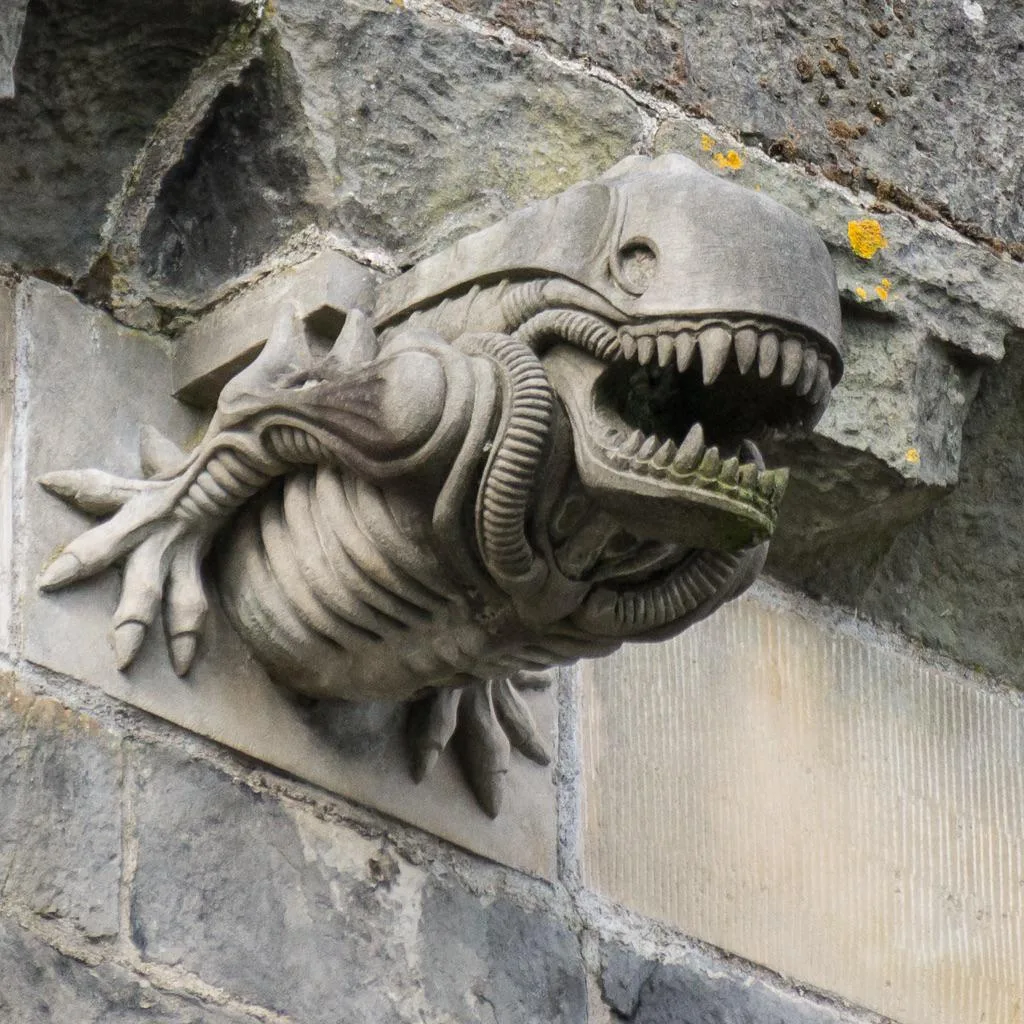
The Xenomorph isn’t the only modern gargoyle to grace historic structures. Washington National Cathedral, for instance, features a Darth Vader grotesque, carved in the 1980s after a children’s design competition. Such additions reflect the evolving nature of sacred architecture, where contemporary culture finds a place alongside centuries-old traditions.
A Controversial Legacy
The Xenomorph gargoyle has sparked debate. Some critics argue that a sci-fi monster is out of place on a sacred Christian site, viewing it as disrespectful to Paisley Abbey’s heritage. Others defend it as a playful continuation of the gargoyle’s imaginative legacy, noting that medieval masons often carved whimsical or provocative figures. Reverend Alan Birss, the abbey’s minister during the restoration, described the carving as a stonemason “having a bit of fun,” a sentiment echoed by those who see it as a bridge between past and present.
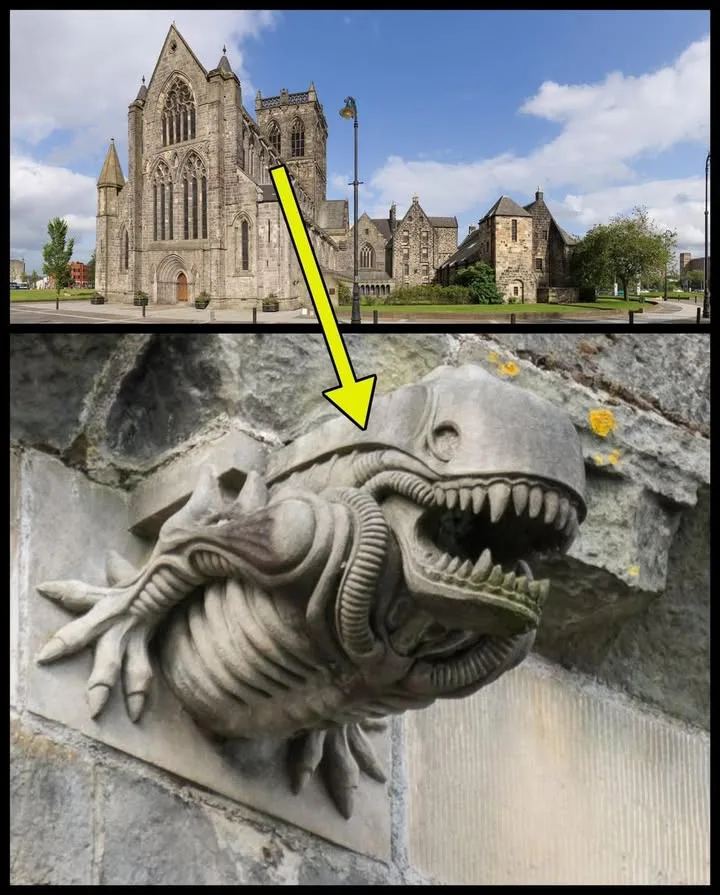
The gargoyle has undeniably boosted Paisley Abbey’s profile, drawing visitors to a site already rich with history. It stands as a testament to the enduring creativity of stonemasons and the unexpected ways art and architecture evolve. For sci-fi fans, it’s a pilgrimage site, offering a surreal encounter with a cinematic icon in an unlikely setting.
A Lasting Mark on History
The Xenomorph gargoyle of Paisley Abbey is more than a quirky artifact—it’s a bold fusion of medieval craft and modern culture. Carved in secret, it has become a beloved oddity, inviting visitors to marvel at the intersection of history, imagination, and a touch of extraterrestrial terror. As it continues to guard the abbey’s walls, this stone monster ensures that Paisley Abbey remains a place where the past and the fantastical collide.
